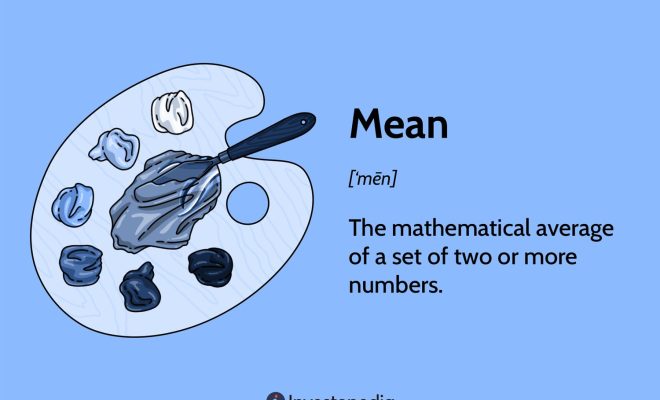How to calculate cumulative relative frequency

Cumulative relative frequency is an essential concept in statistics that shows the running total of relative frequencies. It helps us understand the distribution of data and provides insights into the proportion of a particular category within a dataset. This article will guide you through the step-by-step process of calculating cumulative relative frequency.
Steps to Calculate Cumulative Relative Frequency:
1. Organize Your Data:
First, sort your data in ascending or descending order. This organization will help you calculate relative frequencies more quickly and accurately.
2. Determine the Frequency for Each Category:
Count the occurrences of each class or category in your dataset. These counts represent the frequency (f) for each specific category.
3. Find the Total Number of Observations:
Add up all the frequencies to find the total number of observations (N) in your dataset.
4. Calculate Relative Frequency:
To calculate the relative frequency for a category, divide its frequency by the total number of observations:
Relative Frequency = f/N
5. Compute Cumulative Frequency:
To obtain cumulative frequency, first find the running total of all frequencies up to a particular class/category in your dataset.
6. Calculate Cumulative Relative Frequency:
Next, divide the cumulative frequency by the total number of observations (N), and express it as a percentage or a decimal number:
Cumulative Relative Frequency = Cumulative Frequency/N
7. Present Your Findings in a Table or Graph:
Create a table with columns for receiving categories/classes, frequencies, relative frequencies, cumulative frequencies, and cumulative relative frequencies to help visualize your results concisely.
Alternatively, use an ogive graph – also known as a cumulative frequency graph – which plots cumulative relative frequencies on the vertical axis and values or categories along the horizontal axis.
Conclusion:
The process of calculating cumulative relative frequency can be broken down into several manageable steps: organizing your data, determining frequency and relative frequency, and calculating cumulative frequencies and cumulative relative frequencies. By using tables or graphical representation, such as an ogive graph, you can effectively illustrate the relationship between your data’s categories/classes and their distribution. This information makes it easier to understand patterns, trends, and cumulative proportions in your dataset.






